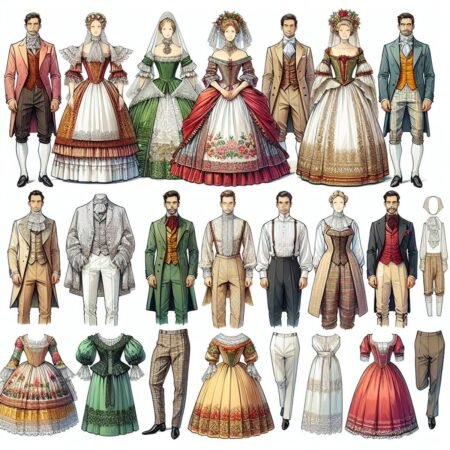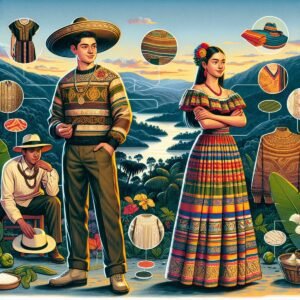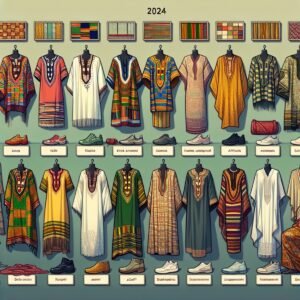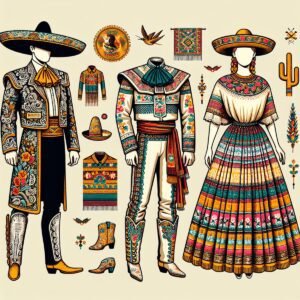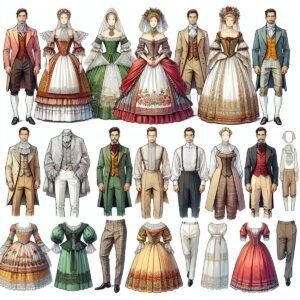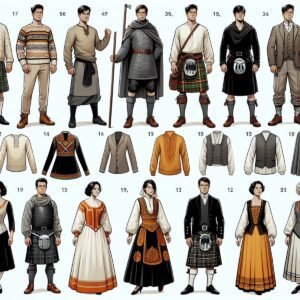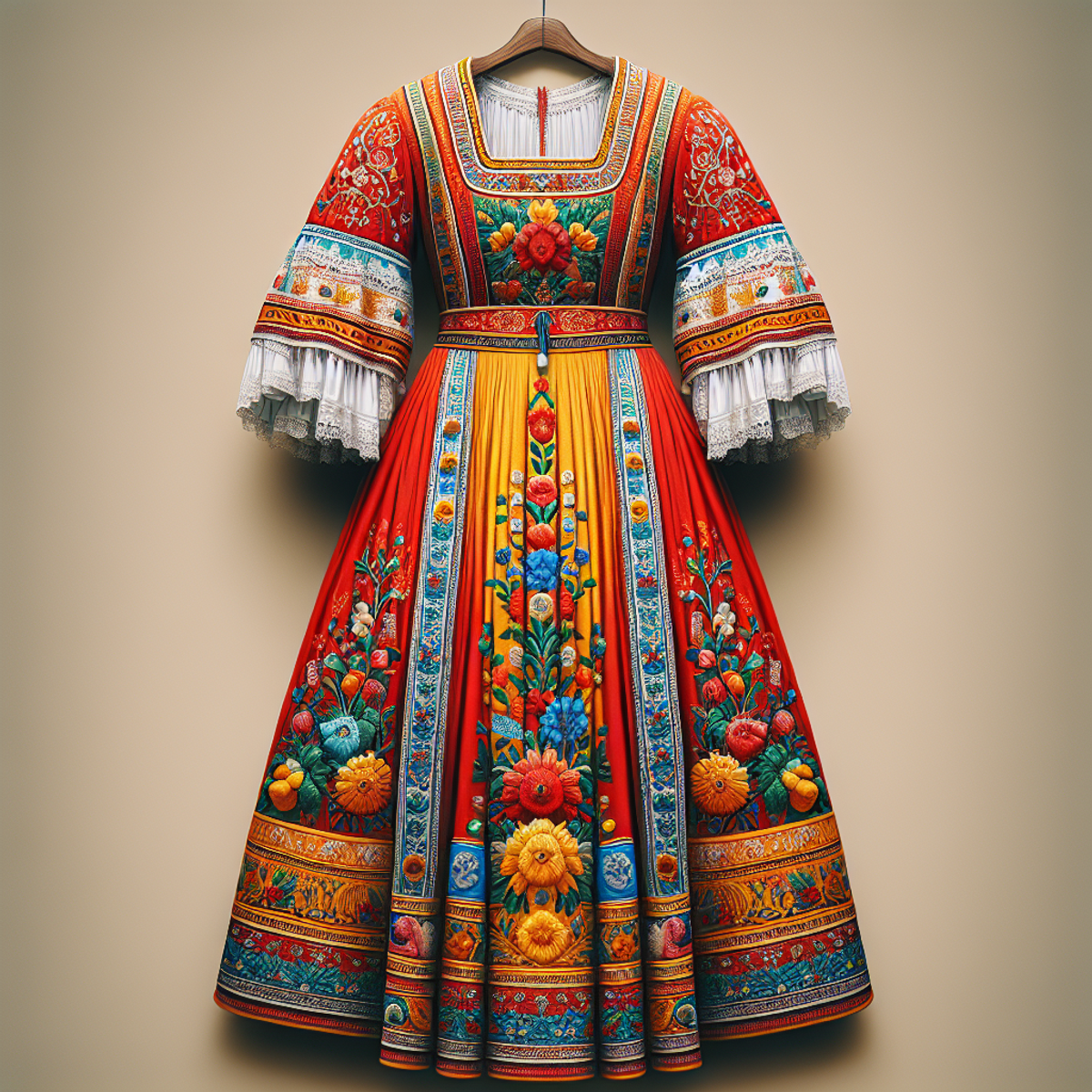
Introduction
Traditional Italian clothing is more than just fabric and thread; it represents Italy’s rich heritage and connects us to the past. It’s a way of celebrating culture and embracing traditions that have been passed down for centuries.
In this journey through traditional Italian clothing, we’ll discover its fascinating history, diverse styles in different regions, and why it continues to captivate people worldwide. From the intricate details of women’s garments to the timeless elegance of men’s fashion, each piece tells a unique story of craftsmanship and artistry.
Join us as we explore the world of traditional Italian clothing:
- Discovering History: Uncovering the origins and evolution of iconic Italian garments.
- Exploring Regional Styles: Understanding how geography and culture have shaped distinct fashion identities across Italy.
- Understanding Accessories: Recognizing the significance of accessories in enhancing traditional outfits.
- Embracing Modernity: Exploring how traditional clothing is adapted and worn in contemporary settings.
- Finding Authenticity: Guiding you on where to buy genuine traditional Italian clothing.
So, let’s dive into this fusion of fashion and heritage as we unravel the timeless charm of traditional Italian attire.
The Rich History of Italian Traditional Clothing
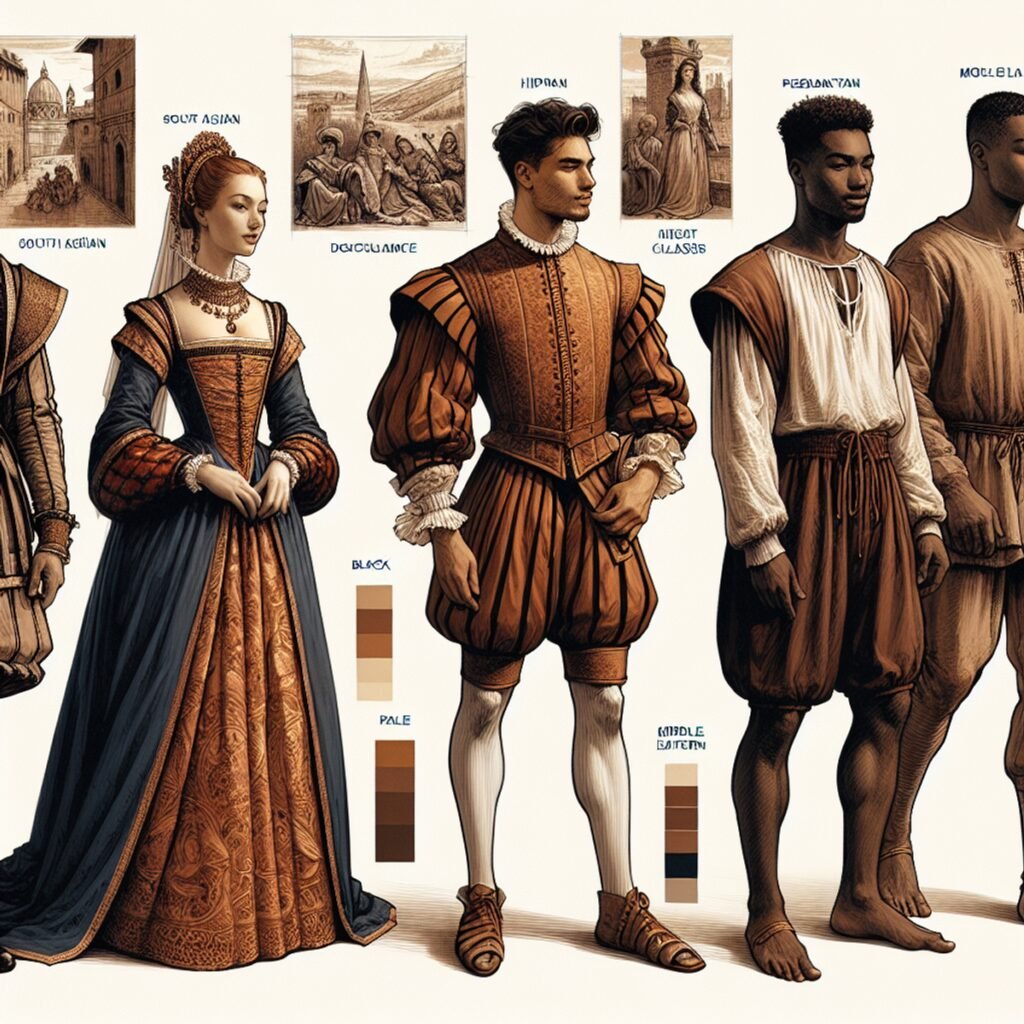
The history of traditional Italian clothing dates back to the Middle Ages, when it was originally worn by peasants and made from basic materials like wool. As time passed, the unique cultures of each region and their interactions with one another shaped the development of Italian fashion.
Influence of Venice and Milan
Two cities that played a major role in this evolution were Venice and Milan. Each city had its own distinct influence on Italian traditional clothing:
- Venice: Known for its extravagant and luxurious style, Venice contributed to the creation of intricate designs and delicate embroidery in Italian traditional clothing.
- Milan: Renowned for its refined and sophisticated fashion sense, Milan influenced the combination of simplicity and elegance in men’s traditional attire.
Diverse Styles, Shared Heritage
This fascinating exchange between different regions not only showcases the variety within Italian traditional clothing but also highlights the wealth of historical influences that have contributed to its enduring popularity.
1. Women’s Traditional Italian Clothing
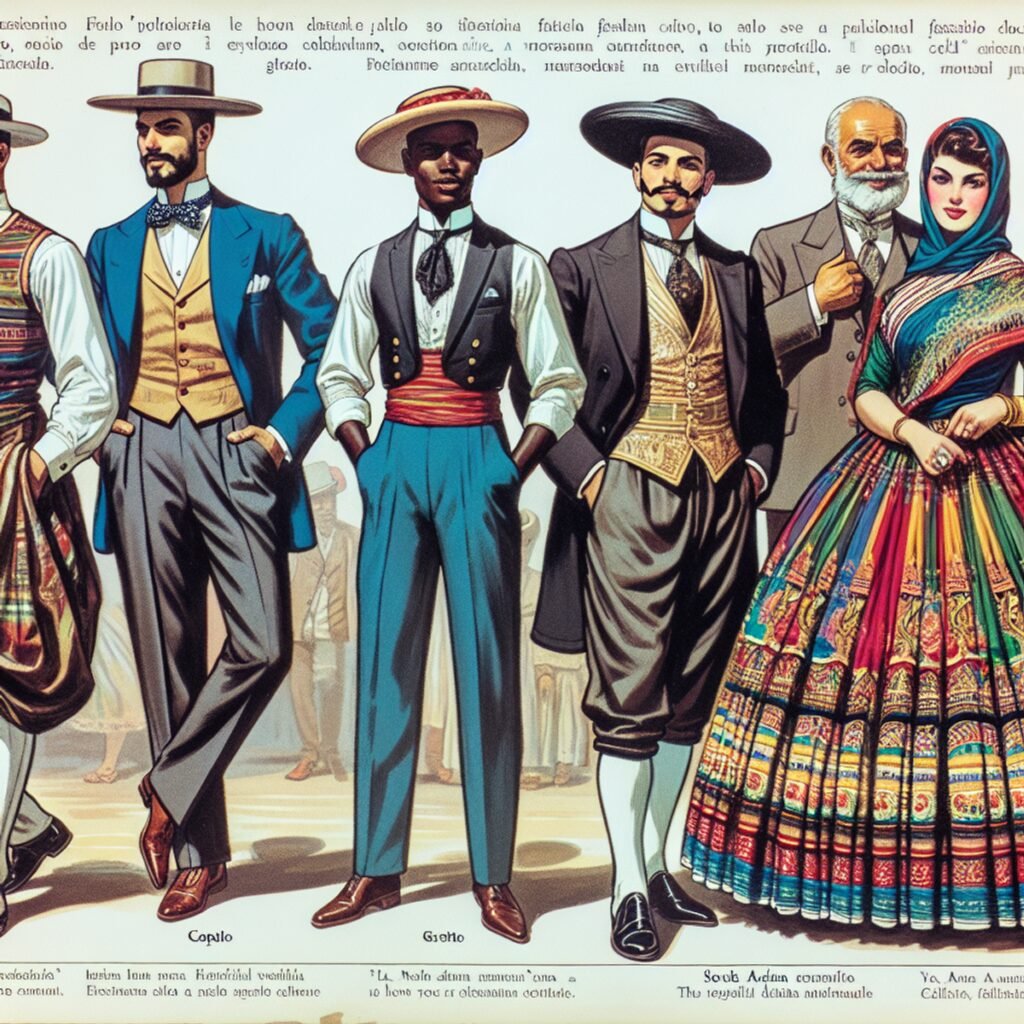
Italian women’s traditional clothing is a captivating reflection of elegance and exquisite craftsmanship. The attire features:
- Luxurious silk fabrics
- Intricate embroidery
- Nature-inspired embellishments like floral motifs and vine patterns
These elements define the distinct charm of Italian traditional clothing, showcasing a deep-rooted connection to nature and artistry.
Luxurious Silk Fabrics: Sophistication and Opulence
Luxurious silk fabrics are a key component of women’s traditional Italian clothing. They represent a blend of sophistication and opulence, enhancing the graceful silhouette of the attire and exuding timeless beauty and refinement.
Intricate Embroidery: Meticulous Craftsmanship
In addition to luxurious fabrics, intricate embroidery is another highlight of women’s traditional Italian clothing. The meticulous craftsmanship displayed through elaborate embroidery adds a touch of artistry, creating visually stunning patterns that symbolize cultural significance and heritage.
Nature-Inspired Embellishments: Organic Elegance
Nature-inspired embellishments such as floral motifs and vine patterns infuse the attire with organic elegance, embracing the beauty of the natural world within the fabric itself. These elements not only showcase artistic expression but also serve as a testament to the profound connection between Italian culture and its surroundings.
Elaborate Hats: Iconic Accessories
Moreover, elaborate hats play a pivotal role as iconic accessories in enhancing the overall beauty of Italian women’s traditional outfits. Adorned with flowers or fruit, these hats complement the attire with a sense of grandeur and sophistication, embodying the rich sartorial legacy of Italian tradition.
2. Men’s Traditional Italian Clothing
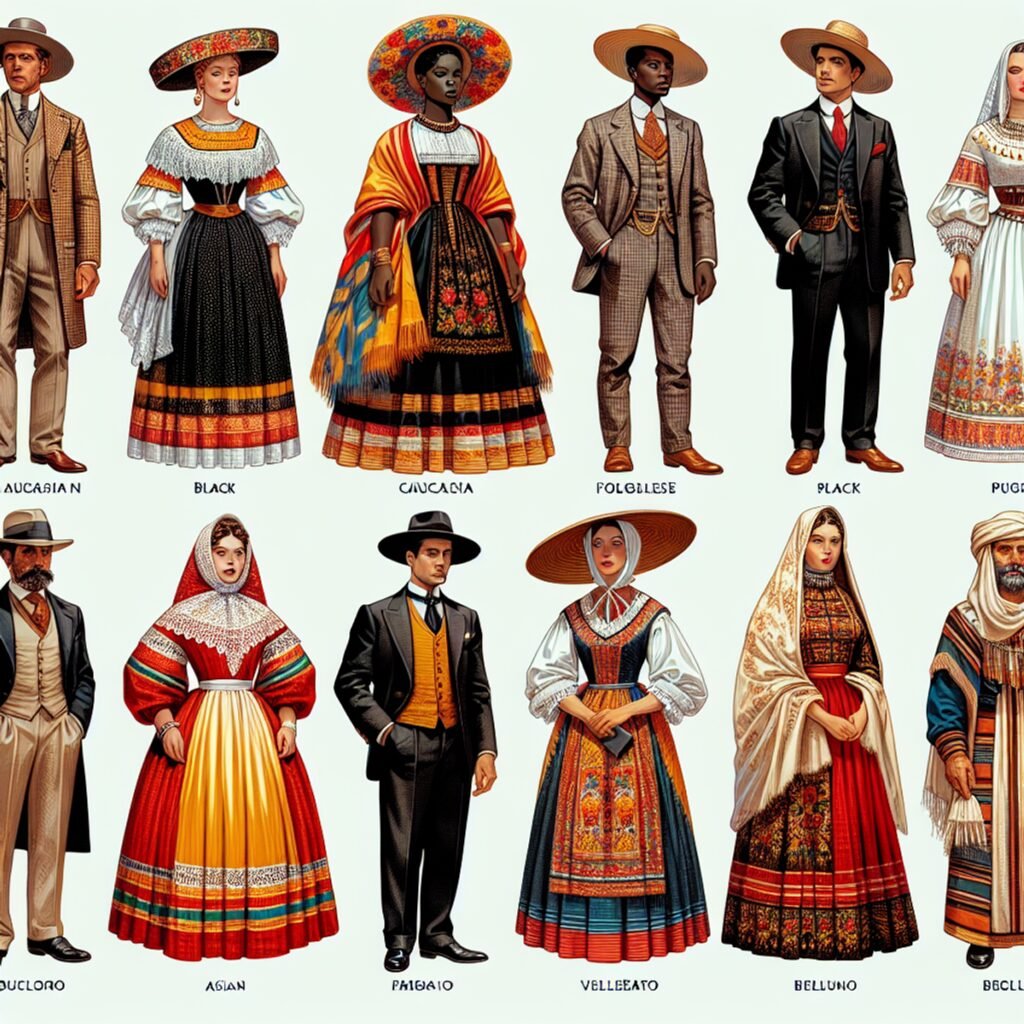
Italian men’s traditional clothing is a perfect combination of simplicity and elegance. The rustic outfits worn by men in Italy have unique characteristics that make them stand out:
Adornments
Italian men’s traditional clothing often uses special decorations to enhance its beauty. Metal buttons, pins, and delicate embroidery are commonly used to add intricate details and elevate the overall appearance of the outfit.
Simplicity
The design of men’s traditional clothing in Italy is known for its straightforwardness. The garments are usually made from top-quality materials like wool, linen, or cotton and feature clean lines with minimal decorations.
Regional Variations
Similar to women’s traditional clothing, men’s attire in Italy also varies from one region to another. Each region has its own style and elements that reflect local traditions and cultural heritage.
Here are some examples of regional traditional attire for men in Italy:
Sardinia
In Sardinia, men wear a traditional costume called “Sa Gattu”. It consists of a white shirt with embroidered cuffs, black trousers, a sash around the waist, and a black hat adorned with feathers or ribbons.
Calabria
In Calabria, men traditionally wear a “Bertè”, which is a long tunic-like garment made of wool or velvet. It is usually paired with loose-fitting trousers known as “Vrâche” and accessorized with a colorful sash.
These regional variations highlight the diversity within Italian traditional clothing and further showcase the rich cultural heritage of the country.
Italian men’s traditional clothing plays an important role in preserving cultural traditions and represents a sense of pride in Italian identity. Whether worn during special occasions or as part of cultural celebrations, these traditional garments continue to be cherished and passed down through generations.
Regional Diversity in Italian Traditional Attire
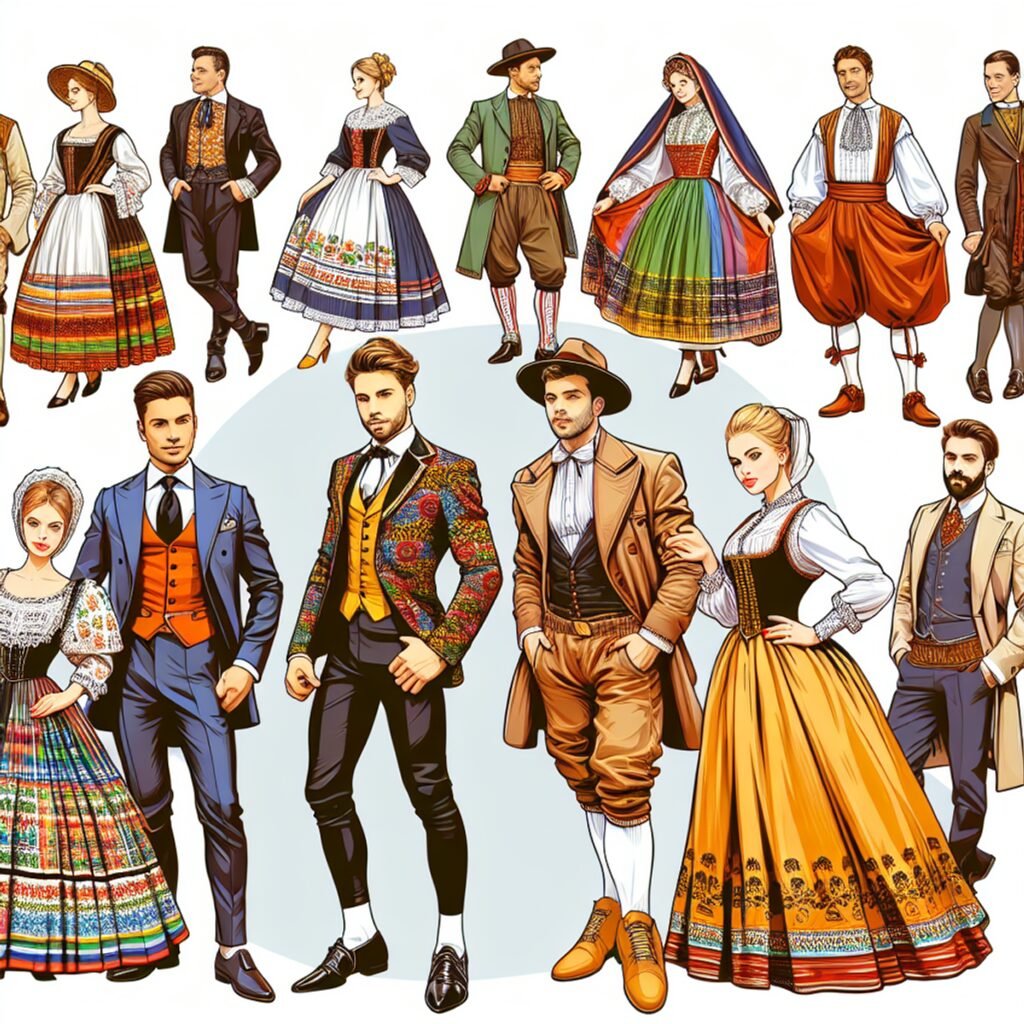
Italian traditional clothing is not just a singular style, but rather a tapestry of diverse regional variations that reflect the rich cultural heritage of different Italian regions. This sartorial diversity is exemplified through notable examples such as the vibrant Neapolitan Tarantella costume and the symbolic Sicilian Trinacria dress.
Neapolitan Tarantella Costume
The Neapolitan Tarantella costume embodies the exuberant spirit of Southern Italy. The female costume features:
- A colorful and voluminous skirt adorned with intricate floral patterns
- A matching apron
- An often embellished bodice with delicate lace
- Women traditionally pair this attire with a headscarf and elaborate jewelry
This creates a visually captivating ensemble that captures the essence of Neapolitan tradition.
Sicilian Trinacria Dress
On the other hand, the Sicilian Trinacria dress pays homage to Sicily’s unique cultural heritage. This traditional attire is characterized by:
- Its distinct use of bold colors
- Elaborate embroidery, often depicting ancient symbols and motifs that hold deep significance in Sicilian folklore
The Trinacria dress represents a fusion of historical influences, showcasing the island’s rich tapestry of cultural traditions through its intricate design elements.
The regional diversity in Italian traditional attire serves as a testament to the country’s multifaceted identity, where each region contributes its own unique sartorial language, reflecting centuries of history, customs, and artistic expression.
The Enduring Allure of Italian Traditional Fashion
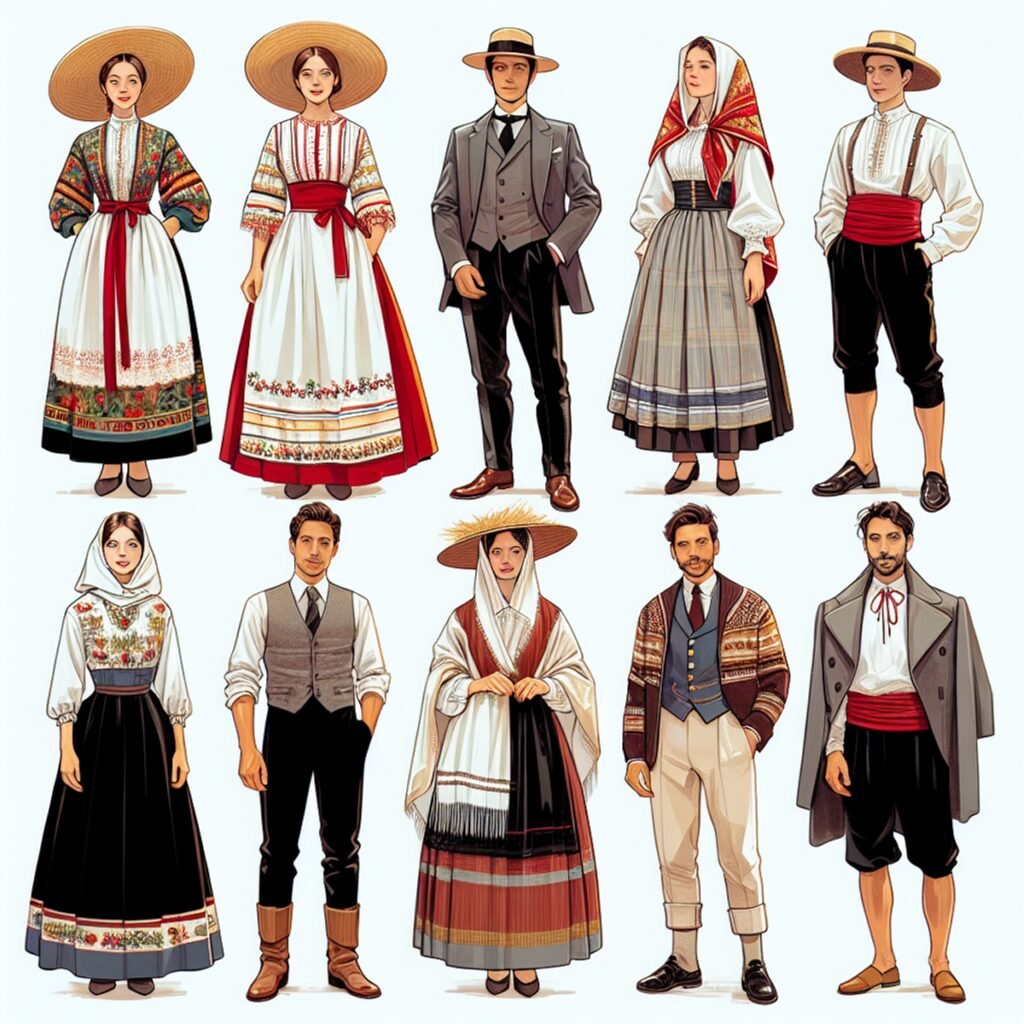
Exploring the Role of Accessories
Italian traditional outfits are impeccably complemented by a range of accessories that play a crucial role in enhancing their allure. The craftsmanship of traditional hats, the elegance of silk Italian leather handbags, and the adornment of jewelry all contribute to the overall aesthetic appeal of the attire.
Cultural Heritage and Pride
Wearing traditional Italian clothing is not merely a personal style choice; it is an embodiment of cultural pride and a celebration of Italy’s rich heritage. Each accessory holds significance beyond its visual appeal, symbolizing a deep-rooted connection to tradition and craftsmanship.
By integrating these elements into their ensembles, individuals proudly showcase their appreciation for Italian cultural identity, reinforcing a sense of belonging and pride within their community.
Keeping Tradition Alive: Contemporary Applications of Italian Cultural Attire
Italian traditional dress continues to influence modern fashion, with designers finding inspiration in the rich heritage of traditional clothing. They often incorporate elements like detailed embroidery, luxurious fabrics, and classic shapes into their creations, showcasing the timeless beauty of Italian traditional attire.
Traditional Clothing in Cultural Events
Traditional clothing remains an important part of cultural events and celebrations in Italy. Whether it’s a lively festival or a sophisticated wedding, you can expect to see people donning their traditional attire with pride. This serves as a way to preserve and honor Italian cultural identity, keeping the connection to the past alive.
The Significance of Italian Traditional Attire
The enduring popularity of Italian traditional dress can be attributed to its:
- Timeless Elegance: The graceful silhouettes and refined details of traditional garments never go out of style.
- Symbolism: Each region in Italy has its own unique traditional costume, representing its history, values, and customs.
- Craftsmanship: Traditional clothing is often handcrafted by skilled artisans using age-old techniques, highlighting the artistry and dedication behind each piece.
These factors contribute to the lasting legacy of Italian sartorial traditions and their continued relevance in today’s world.
Where to Find Authentic Italian Traditional Clothing
Traditional Italian clothing has a timeless charm that fashion enthusiasts all over the world love. If you want to embrace the elegance of real Italian traditional clothes, here are some places you can check out to upgrade your wardrobe and fully experience the captivating world of Italian fashion.
Buying Guide and Tips
Here are some helpful tips for those who want to own authentic Italian traditional clothing:
- Reputable Stores: Look for specialized boutiques and stores that focus on traditional Italian clothes. These places usually have a wide selection of garments that are beautifully made and truly authentic.
- Online Platforms: Explore well-known online platforms that offer carefully chosen traditional Italian clothing. Make sure to choose platforms with positive reviews and a reputation for selling genuine products.
- Alternative Experiences: Think about visiting museum exhibitions dedicated to Italian fashion or joining dress-up workshops where you can try on traditional clothes. These interactive experiences are a great way to learn more about the cultural importance of each garment.
By using these tips, you can start your journey to finding authentic Italian traditional clothing. Whether you decide to visit physical stores, shop online, or participate in cultural activities, make sure to enjoy every moment as you discover the beauty of Italian fashion heritage and add timeless pieces to your collection.
Preserving Intangible Heritage: The Significance of Documenting and Passing Down Traditional Clothing Traditions
Preserving traditional clothing heritage is crucial in protecting Italy’s rich cultural legacy. It is important to document and pass on knowledge about Italian traditional clothing techniques, patterns, and styles to ensure that they are not forgotten. This way, we can honor the skills and creativity of the past and encourage future generations to value and carry on these traditions.
Why is it important to preserve traditional clothing heritage?
Here are some key points to consider:
1. Documenting Techniques and Styles
Documenting Italian traditional clothing techniques, such as embroidery stitches, weaving patterns, and garment construction methods, helps preserve the intricate skills passed down through generations. This documentation serves as a valuable resource for aspiring artisans, designers, and historians interested in studying and reviving these techniques.
2. Preserving Unique Patterns
Italian traditional clothing features a wide range of unique patterns that represent different regions. Each pattern tells a story and holds historical significance. By documenting and cataloging these patterns, we ensure their preservation for future generations to appreciate and learn from.
3. Treasuring Passed-Down Garments
Many families in Italy have heirlooms in the form of traditional garments that have been handed down through generations. These cherished pieces carry sentimental value while also serving as tangible links to the past. By treasuring these garments as family heirlooms, we recognize their cultural worth and pass on the stories and traditions associated with them.
The Importance of Preserving Italian Traditional Clothing Heritage
Preserving Italian traditional clothing heritage is not just about protecting physical objects; it goes beyond that:
- It honors the craftsmanship behind each piece.
- It celebrates the diversity of styles across different regions in Italy.
- It helps people connect with their cultural roots.
By documenting techniques, preserving unique patterns, and treasuring passed-down garments as family heirlooms, we ensure that future generations can continue to appreciate and be inspired by the timeless beauty of Italian traditional fashion.
Conclusion
Embrace the timeless beauty of Italian traditional attire as a rich source of inspiration in your personal style journey. Traditional Italian clothing serves as a tangible link to the past while also evolving with the times, ensuring its enduring relevance in the future of fashion.
FAQs (Frequently Asked Questions)
What is the significance of traditional Italian clothing?
Traditional Italian clothing holds great cultural significance as it plays a vital role in preserving the heritage of Italy. It represents the rich history and regional diversity of the country, making it an enchanting world to explore.
How did the Middle Ages influence the evolution of traditional Italian clothing?
The Middle Ages served as a pivotal period in shaping Italian traditional clothing. It laid the foundation for the interplay between different regional cultures, particularly in cities like Venice and Milan, which greatly influenced the development of Italian fashion.
What are the key elements of women’s traditional Italian clothing?
Women’s traditional Italian clothing is characterized by elegant attire, luxurious silk fabrics, intricate embroidery, and nature-inspired embellishments such as floral motifs and vine patterns. Elaborate hats also play a significant role in enhancing the beauty of women’s traditional outfits.
What are some unique characteristics of men’s traditional Italian clothing?
Men’s traditional Italian clothing is known for its rustic costumes and unique adornments such as metal buttons, pins, and subtle embroidery. It embodies a blend of simplicity and sophistication that defines the aesthetic appeal of men’s attire.
How does regional diversity manifest in traditional Italian clothing?
Italian traditional attire exhibits remarkable sartorial diversity across different regions, as seen in examples like the vibrant Neapolitan Tarantella costume and the symbolic Sicilian Trinacria dress. These variations showcase the rich cultural heritage embedded within each region.
What accessories complement Italian traditional outfits?
Accessories like traditional hats, silk Italian leather handbags, and jewelry play a crucial role in complementing Italian traditional outfits. They celebrate craftsmanship and serve as a means for Italians to express pride in their cultural identity.
Where can one find authentic Italian traditional clothing?
For those seeking genuine Italian traditional garments, it is recommended to explore reputable stores and online platforms specializing in such attire. Additionally, experiencing Italian culture through fashion can be achieved by visiting museum exhibitions or participating in dress-up workshops.
Why is it important to preserve knowledge related to Italian traditional clothing?
Preserving knowledge related to Italian traditional clothing techniques, patterns, and styles is essential for safeguarding intangible heritage. It helps maintain a tangible link to the past while ensuring its relevance in the future of fashion. Additionally, treasuring passed-down garments as family heirlooms holds significant value.
